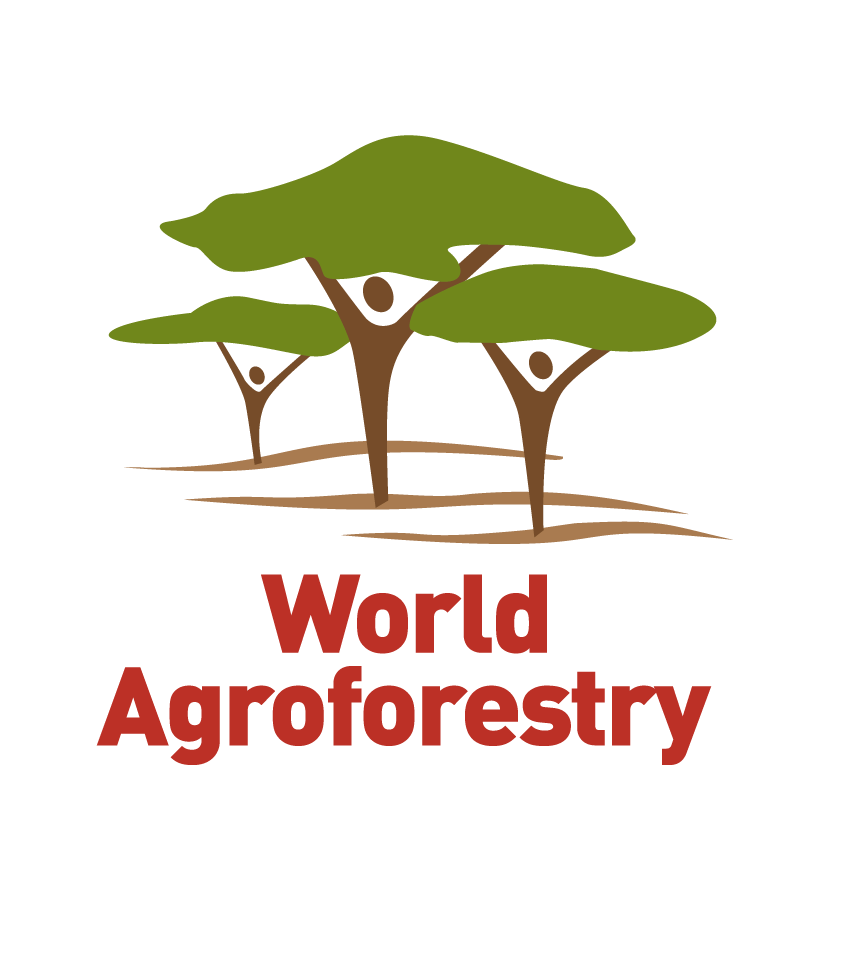Local names:
English (bastard mahogany,African mammey apple,African apricot,African apple), Spanish (mamey)
Mammea africana is a fairly common large forest tree reaching heights of 40 m or more and 1 m in trunk diameter. Leaves dark green, glossy, oblong, 32 cm x 9 cm. Young leaves copper-red when they emerge, but darken on maturity. Fruits large and round, normally 10-12cm in diameter. Outer skin rough and leathery, light brown in color. Inside is a fibrous white/yellow flesh that is consumed. This mushy flesh surrounds 1-2 large seeds approximately 6-8 cm in size. The generic name is from a West Indian name, ‘mammey’ for a member of the genus. The specific epithet means ‘of African origin’.
Native range
Democratic Republic of Congo, Ghana, Liberia
Tree management
Due to their large sizes at maturity, a spacing of 8 m between trees is recommended. M. africana is shade-tolerant, but as it grows older, shading should be removed gradually. Initial organic mulching around the base of the tree extending as far out as the branches can reach is beneficial.
Direct seeding is the normal mode of propagating M. africana.
Its fruits are edible. When they soften, the fruits are sliced open and the flesh consumed, leaving the seed(s) and the skin. It has a good flavour, but sometimes quite acidic. Some trees produce sweet, less acidic fruit, while others, sour, acidic fruits.
Timber: M. africana is one of the timber species exported from Ghana. It is used for construction, furniture, exterior joinery, carpentry work and railway sleepers.
Medicine: The resinous sap, or a lotion made from its roots, is used in West Africa for any pruriginous skin disease (craw-craw) and parasitic skin diseases. The bark shavings are used as rubbings for skin eruptions and for itch in dogs; a bark decoction is used for rheumatic pains and to clear ulcers; and a thick paste of pulped fruits, mixed with root and bark infusion, is painted on itch and other skin afflictions and allowed to dry.
Ornamental: The tree’s branching habit and overall form is quite ornamental and would look handsome as a yard tree.
